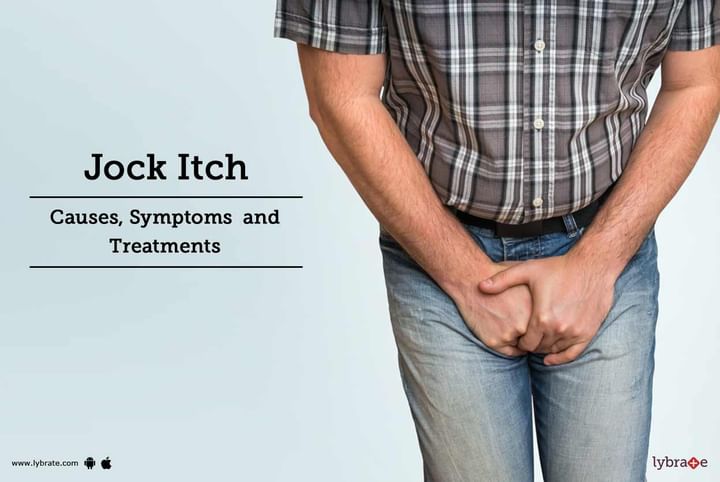Jock Itch: Causes, Symptoms and Treatments
Jock itch can be defined as a fungal infection affecting the skin, especially around the inner thighs, genitals, buttocks or the groin region. Also called ‘tinea cruris’, this condition triggers irritation that results from the ring-shaped red rashes that primarily affect the warm and moist regions of one’s body. This condition majorly affects people who sweat excessively, such as athletes or even people who are over-weight. Although it is often bothersome and uncomfortable, jock itch doesn’t bring about severe complications for the affected individual. Jock itch can easily be cured by keeping the groin region dry and applying topical anti-fungal medications.
Symptoms:
The main symptoms of Jym itch include itchy and painful rashes in the buttock, inner thigh or the groin region. The rash is usually tan, red or brown in color, slightly scaly and often formed at the edges.
Causes:
-
Putting on damp, wet or unlaundered clothing, such as athletic supporter and very tight underwear or wearing them frequently.
-
Sharing towels that were used by a person suffering from the same condition.
-
Taking showers irregularly, especially after excessive sweating or exercising.
-
Living in hot and humid conditions.
-
Wearing tight clothing.
-
Immune system disorders.
Treatment:
-
Anti-fungal creams or lotions can help treat ringworm of the groin. Few examples are Miconazole, Econazole, Clotrimazole and Ketoconazole. These medications should be applied twice a day for about two to four weeks.
-
In case the eruptions start to ooze fluids or pus, antibiotics may be administered by the doctor.
General Measures:
Measures to prevent recurrence of tinea cruris include weight reduction (if obese), wearing less occlusive clothing, drying thoroughly after bathing, using topical antifungal powders, laundering contaminated clothing, and treating concomitant fungal infection of nail of feet, if present.



+1.svg)
